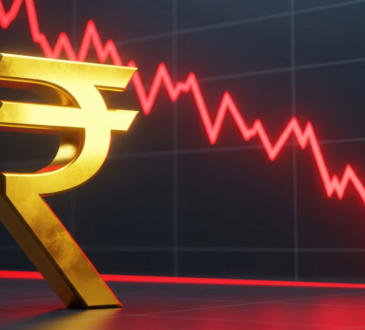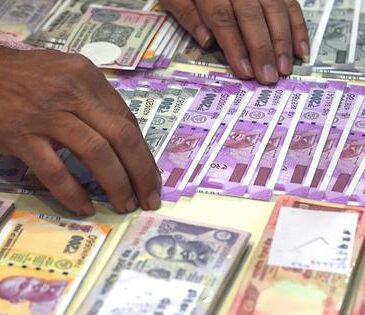While China and south-east Asian economies are “front and centre” of the impact of tariffs, they should be able to cope with Donald Trump’s latest wave of import taxes, said Andrew Swan, head of Asia Ex Japan equities at Man Group.
Swan said: “Manufacturing in China and Asia are impacted, but its worth noting that while the tariff announcements led to a sell-off in those equity markets, they quickly bounced back. The view is tariffs will be manageable.
“It’s also the case that it is hard to know where the cost of the tariffs will be absorbed — some of the cost will be paid by the consumers [rather than the manufacturers].”
US President Trump announced a swathe of tariffs on trading partners around the world in April, causing widespread market chaos, before rowing back and allowing for a 90-day pause to give countries time to negotiate trade deals.
But his previous term also featured a palette of tariffs on Chinese goods entering the US, and Swan said that since then, China has been diversifying and focusing on exporting more goods to economies within south-east Asia, in order to be less reliant on the US market.
Karen Ward, chief market strategist at JPMorgan Asset Management, said another impact of the latest round of tariffs has been an increase in Chinese exports to other Asian economies, while there has been a decrease in the level of exports to the US.

This may be a function of Chinese exports being rerouted to other Asian economies where the tariffs are lower, and then sold to the US.
Weakening dollar
One consequence of the current US fiscal policy regime is that the dollar has weakened in value relative to a range of other currencies, including emerging market currencies.
This might be negative for Asian economies that export to the US, as the cost of those goods rises twice for US consumers — once due to the tariffs and once due to the weakness of the dollar.
But Swan said there was also a positive for emerging economies, as most of those countries and companies borrow in dollars, so a weak dollar reduces their relative repayment costs, and, he said, may mean they are more able to cut interest rates, which would be expected to boost domestic demand.

Weak sentiment on US economy not reflected in consumer data, says economist
Cutting rates typically has the effect of weakening a currency, but as the dollar has already weakened relative to emerging market currencies, those currencies can be allowed to weaken without creating problems for countries or companies with dollar-denominated debt.
But Stephen Jones, chief investment officer at Aegon Asset Management, said he was wary of the outlook for the Chinese economy.
He said the country faces “deflation” as a result of problems in the property market, and that due to other “misallocation of capital, it would be a concern for us until we see domestic demand pick up in the country and that will require more stimulus from the government”.
Swan, perhaps understandably for an Asian fund manager, said he was more optimistic on the outlook for China. He said: “We thought China was in a bad place last year, but it is on the road to reform now — there has been a pivot on government policy.”
david.thorpe@ft.com








